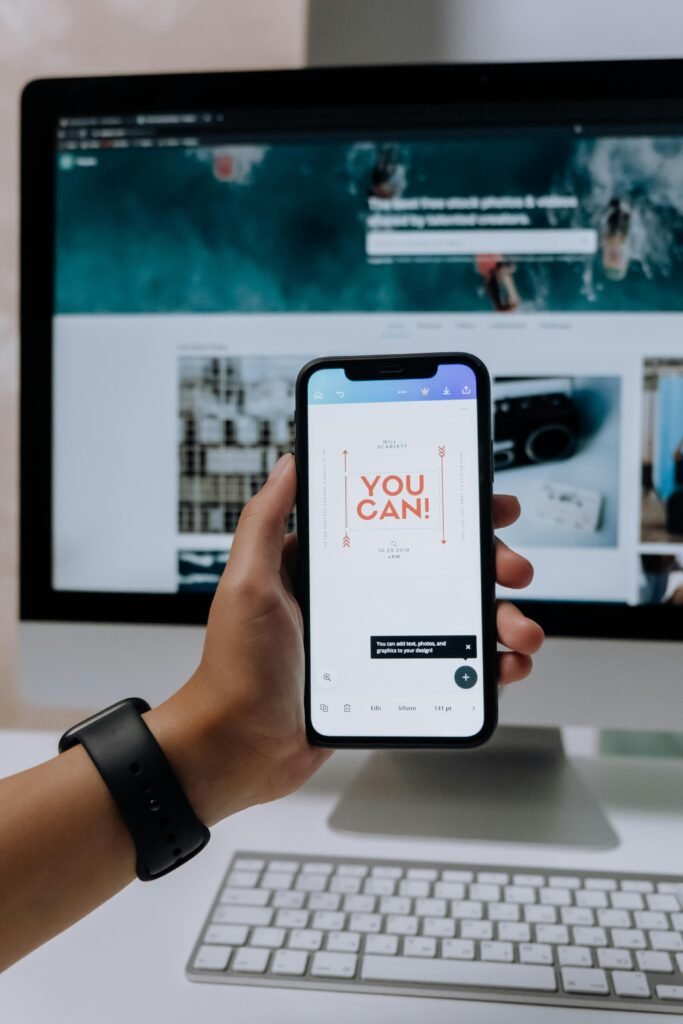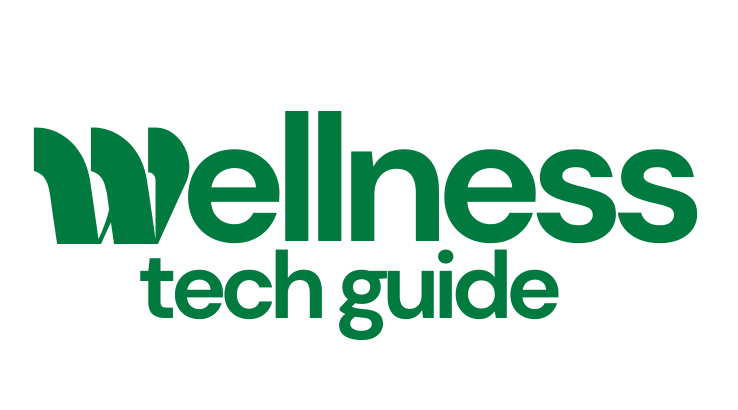Remember that time you completely lost it over something tiny? Maybe someone cut you off in traffic, and suddenly you’re gripping the steering wheel like it owes you money. Or perhaps a text from your boss sent your anxiety through the roof, and you spent the next three hours catastrophizing about getting fired. Yeah, I’ve been there too.
Here’s the thing: we’re living in 2025, and while our phones got smarter, our brains are still running on ancient software designed to flee from saber-toothed tigers. No wonder emotional regulation feels like trying to solve a Rubik’s cube while riding a rollercoaster.

What Is Emotional Regulation and Why Should You Care?
Let’s cut through the psychology textbook fluff. Emotional regulation is basically your ability to manage what you’re feeling without letting those feelings manage you. It’s not about becoming some emotionless robot – that’s emotional suppression, and trust me, that’s a whole different (and way less healthy) game.
Think of it like this: your emotions are like weather patterns in your personal atmosphere. You can’t stop the storms from forming, but you can definitely learn to navigate through them without crashing. That’s what emotional self-regulation is all about.
The kicker? Poor emotional regulation doesn’t just make you the person everyone avoids at parties. It’s linked to anxiety, depression, relationship problems, and even physical health issues. On the flip side, mastering emotion regulation skills can literally transform your life. I’m talking better relationships, improved work performance, and actually enjoying your morning coffee instead of using it as emotional armor.
How to Recognize When Your Emotional Regulation Needs a Tune-Up
You know that friend who seems to handle stress like a zen master while you’re over here having a meltdown because your favorite coffee shop ran out of oat milk? The difference often comes down to emotional intelligence and regulation.
Here are the red flags that your emotional thermostat might need adjusting:
- The Explosion Pattern: Small annoyances trigger massive reactions
- The Spiral: One negative thought leads to an avalanche of catastrophizing
- The Freeze: You shut down completely when faced with emotional situations
- The Avoidance Dance: You’ll do anything to avoid feeling certain emotions
- The Mood Whiplash: Your emotions change faster than TikTok trends
The Most Effective Techniques for Emotional Regulation (That Actually Work)
1. The Mindfulness Approach: Your Brain’s Reset Button
Mindfulness emotional regulation isn’t just for yoga instructors and people who own too many crystals. It’s literally rewiring your brain’s response system. When you practice mindfulness, you’re creating space between feeling and reacting – like adding a speed bump between your emotions and your actions.
Try this right now: Take three deep breaths, focusing only on the sensation of air moving in and out. Congratulations, you just practiced mindfulness exercises for emotional regulation. It’s that simple, yet somehow we make it complicated.
2. Cognitive Reappraisal: The Mental Judo Move
Cognitive reappraisal emotional regulation sounds fancy, but it’s basically looking at situations from different angles. Instead of “My boss hates me,” try “My boss is probably stressed about the quarterly report.” Same situation, different story, completely different emotional response.
This is where cognitive behavioral therapy for emotional regulation shines. It teaches you to catch those automatic negative thoughts and flip them like emotional pancakes.
3. The STOP Technique (Your Emergency Emotional Brake)
When emotions are running high:
- Stop what you’re doing
- Take a breath
- Observe what you’re feeling
- Proceed with intention
Simple? Yes. Easy? Not always. But with practice, this becomes your emotional emergency kit.
Emotional Regulation Strategies for Different Life Stages
For the Stressed-Out Adult
Emotional regulation strategies for adults need to fit into real life – between meetings, commutes, and the chaos of daily existence. Here’s what works:
Quick Wins Table:
| Strategy | Time Needed | Effectiveness | Best For |
|---|---|---|---|
| Box Breathing | 2 minutes | High | Acute anxiety |
| 5-4-3-2-1 Grounding | 3 minutes | Medium | Overwhelm |
| Cold Water Face Splash | 30 seconds | High | Anger/Frustration |
| Progressive Muscle Relaxation | 5-10 minutes | High | Physical tension |
| Journaling | 10 minutes | Medium | Processing complex emotions |
Supporting Emotional Regulation in Children
Emotional regulation in children is like teaching them to ride a bike – lots of wobbling, some crashes, but eventually, they get it. Parents and teachers can help by modeling good emotional regulation (yeah, that means you need to work on yours first).
Kids respond well to visual aids and concrete strategies. The “emotion thermometer” works wonders – helping them identify where they are on the scale from calm to explosive.
How Emotional Regulation Affects Your Mental Health (Spoiler: It’s Everything)
The relationship between emotional regulation and mental health is like the relationship between sleep and, well, everything else in your life. When it’s good, everything flows better. When it’s bad, everything suffers.
Emotional regulation and anxiety are particularly intertwined. Poor regulation feeds anxiety, which makes regulation harder, creating a vicious cycle that feels impossible to break. But here’s the hope: even small improvements in emotional regulation can significantly reduce anxiety symptoms.
Common Emotional Dysregulation Symptoms to Watch For:
- Mood swings that would make a teenager jealous
- Difficulty bouncing back from setbacks
- Relationships that feel like emotional roller coasters
- Physical symptoms like headaches, digestive issues, or chronic tension
- That constant feeling of being “on edge”
Your Emotional Regulation Toolkit: Apps and Resources That Don’t Suck
Let’s be real – we use apps for everything else, so why not emotional regulation tools and apps? Here are the ones that actually deliver:
Top Digital Tools for 2025:
Calm App: The Swiss Army knife of mindfulness apps. Their “Daily Calm” sessions are like having a pocket therapist.
Bonding Health App: Specifically designed for families dealing with ADHD and emotional challenges. It’s like family therapy meets smartphone convenience.
Pausa AI Journaling Tool: Uses AI to help you spot emotional patterns you might miss. It’s like having a really observant friend who never judges.
Mindsera App: Combines emotion visualization with progress tracking. Think of it as Fitbit for your feelings.

cottonbro studio / Pexels
Physical Tools That Help:
Sometimes you need something tangible. The Losing Your Sh!t Kit from Kaiko Fidgets includes eight different sensory tools for those moments when your emotions need a physical outlet. The Calm Buddi Turtle provides tactile support for managing intense emotions.
Emotional Regulation in Relationships: The Ultimate Test
Emotional regulation in relationships is where the rubber meets the road. You can meditate all you want alone in your room, but can you stay regulated when your partner leaves dishes in the sink for the thousandth time?
Relationships are emotional regulation boot camp. They trigger our deepest patterns and test every skill we’ve learned. The key? Understanding that emotional regulation during stress in relationships isn’t about never getting upset – it’s about expressing emotions in ways that bring you closer, not push you apart.
Building Your Personal Emotional Regulation Practice
Start With These Emotional Regulation Exercises:
- Morning Check-In: Rate your emotional state from 1-10 before coffee
- Emotion Naming: Throughout the day, name what you’re feeling (specific is better – “frustrated” vs. “bad”)
- The Pause: Before responding to triggering texts or emails, wait 10 minutes
- Evening Reflection: Journal three emotions you felt today and how you handled them
Tips for Emotional Regulation That Actually Stick:
- Start stupidly small: One deep breath is better than planning a 30-minute meditation you’ll never do
- Track patterns, not perfection: Notice what triggers you and when you’re most vulnerable
- Build in rewards: Celebrate small wins (yes, not yelling at that annoying coworker counts)
- Find your people: Emotional regulation workshops online or local support groups make the journey less lonely
The Difference Between Emotional Regulation and Emotional Suppression (It Matters)
Here’s where people get it twisted. Emotional suppression is like holding a beach ball underwater – exhausting and temporary. Eventually, it’s going to pop up and smack you in the face.
Emotional control strategies that actually work acknowledge the emotion, process it, and then choose how to respond. It’s the difference between “I’m not angry” (suppression) and “I’m angry, and I’m going to take a walk before I respond” (regulation).
Managing Emotional Triggers: Your Personal Minefield Map
Techniques for managing emotional triggers start with knowing what sets you off. Maybe it’s criticism, feeling ignored, or that specific tone your mom uses. We all have our buttons.
Creating a trigger map helps you prepare for emotional landmines:
Common Trigger Categories:
| Trigger Type | Examples | Regulation Strategy |
|---|---|---|
| Social | Rejection, criticism, conflict | Cognitive reappraisal, self-compassion |
| Environmental | Crowds, noise, chaos | Sensory regulation, planned breaks |
| Internal | Hunger, fatigue, hormones | Preventive self-care, scheduling |
| Historical | Reminders of past trauma | Grounding techniques, therapy |
When to Seek Professional Help: No Shame in the Therapy Game
Sometimes, emotional regulation therapy with a professional is the game-changer you need. If you’re experiencing:
- Daily emotional overwhelm that impacts your functioning
- Relationships suffering due to emotional outbursts
- Physical symptoms from chronic emotional stress
- Thoughts of self-harm or feeling out of control
It’s time to call in the pros. Therapy isn’t failure – it’s like hiring a personal trainer for your emotional fitness.
The Road Ahead: Your Emotional Regulation Journey in 2025
Look, I’m not going to lie and say mastering emotional regulation is easy. It’s not. It’s like learning a new language while someone’s constantly yelling at you in your old one. But here’s what I know for sure: every small step you take toward better emotional self-awareness and regulation makes life a little less chaotic and a lot more enjoyable.
You don’t need to be perfect. You don’t need to meditate for hours or become some emotional guru. You just need to start where you are, with what you have, and keep showing up.
Whether you’re downloading your first mindfulness app, trying out a fidget tool, or just taking three deep breaths before responding to that annoying email – you’re doing it. You’re building your emotional regulation muscles one rep at a time.
Remember, in a world that profits from your emotional dysregulation (hello, doom scrolling and rage clicking), choosing to regulate your emotions is almost rebellious. It’s saying, “I’m taking back control of my internal world, thanks.”
So, what’s your next move? Maybe it’s trying one technique from this guide. Maybe it’s downloading that app you’ve been considering. Or maybe it’s just taking a moment right now to check in with yourself and ask, “How am I really feeling?”
Whatever it is, you’ve got this. And on the days when you don’t? That’s okay too. Emotional regulation isn’t about being perfect – it’s about being human, just with better tools.
Ready to level up your emotional regulation game? Start with one technique today. Your future self (and everyone around you) will thank you.





